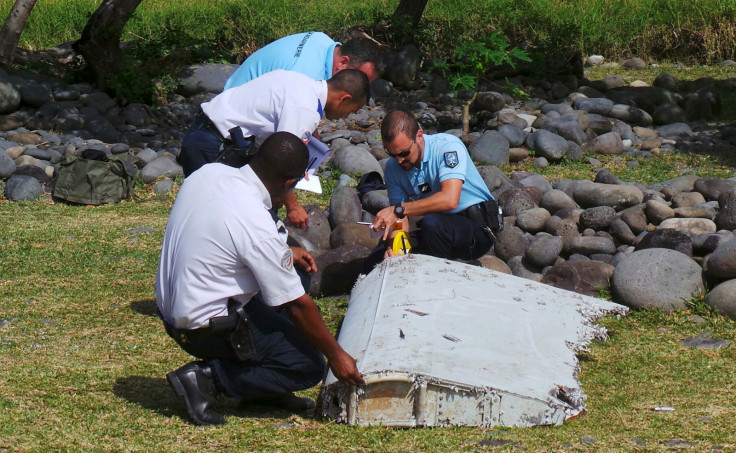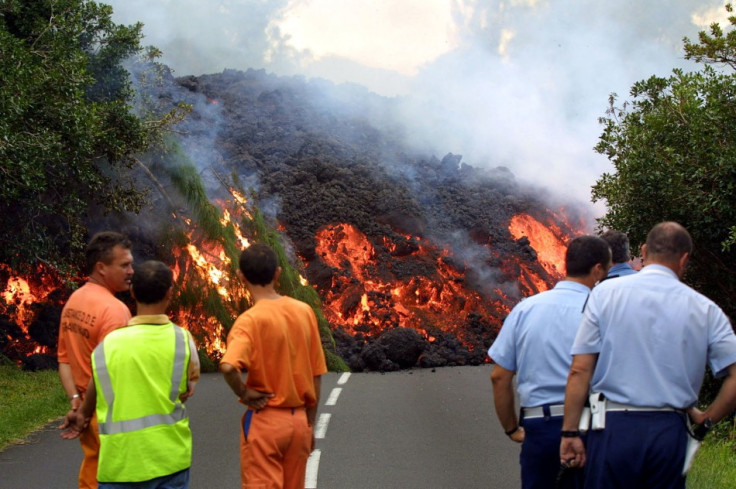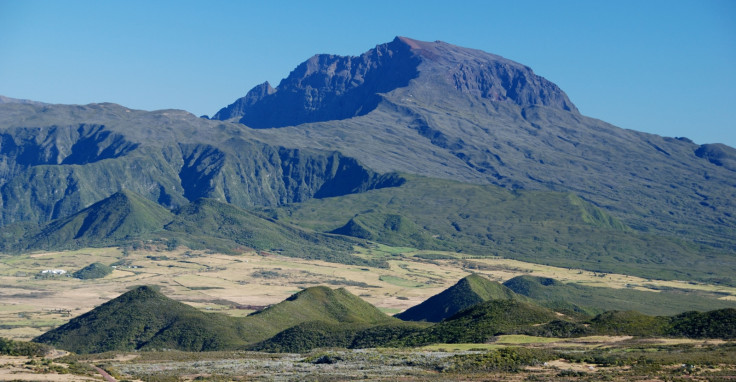Flight MH370 found? Search halted by eruption of Reunion Island volcano

News broke on 29 July that wreckage - potentially from the Malaysia Airlines flight MH370 which tragically went missing in 2014 – has been discovered on the Indian Ocean Island of Reunion.
Investigators said that they have a "high degree of confidence" that debris washed up on the island of Reunion – which is situated between Mauritius and Madagascar - is from a Boeing 777.
However, the speculation that has surrounded the discovery is overshadowing another major event which is happening on the small island. A long volcanic eruption is taking place.
Officials warned of an imminent eruption on 30 July and subsequently evacuated the island, putting a temporary halt to the search, while tourists and locals have been shooed away from the Piton de la Fournaise volcano.
Although the volcano is located on the opposite side of the island to Saint-Andre – where the debris had been discovered and the area which was being investigated – the island is just 39 by 28 miles, meaning a volcanic eruption can cause havoc.
IBTimes UK takes a look at some facts about the Piton de la Fournaise volcano.
- The volcanic eruptions have been happening sporadically since February. The last time a similar occurrence happened in the same location was in 2006. The eruptions continued for a total of six months, leading into 2007, so it was a bad time in activity for potential wreckage to be found as it may now be a stop-start job as authorities work around the eruptions.

Piton de la Fournaise – La Reunion Island REUTERS - It has been dubbed a 'sister' to the Hawaiian volcanoes due to the similarity in activity. It splurges basaltic lava which flows down the sides of the 2,361m above-sea-level volcano without fire emitting from the vents.
- It is one of the most active volcanos in the world having been triggered over 150 times since the 17<sup>th century. One of the biggest was the one in 2006 when 3,000,000 cubic metres of lava flowed out of the crater, lasting for more than six months.
- Despite the danger that surrounds an active volcano, the locals have learned how to make money from it. The Reunion Island tourism website says: "The 700,000 residents of Reunion Island have learned to deal with life in the lava path of an active volcano. As a matter of fact, many locals earn money offering guided walking tours and rides to Piton de la Fournaise and the volcano is undoubtedly Reunion's most popular tourist attraction. Few leave the island without a close-up look at Furnace Peak."

The Piton des Neiges - the largest volcano on Reunion Wikimedia Commons - It is not the only volcano on the island. In fact, it's not even the biggest. Piton des Neiges stands a whopping 3,069m above sea level and is located virtually in the centre of Reunion. Over 200 different types of plants are located on this volcano, of which the name literally translates as "snow peak" due to the sprinkling of snow which sits upon its summit. Thankfully, it has been inactive for over 20,000 years.
© Copyright IBTimes 2025. All rights reserved.






















